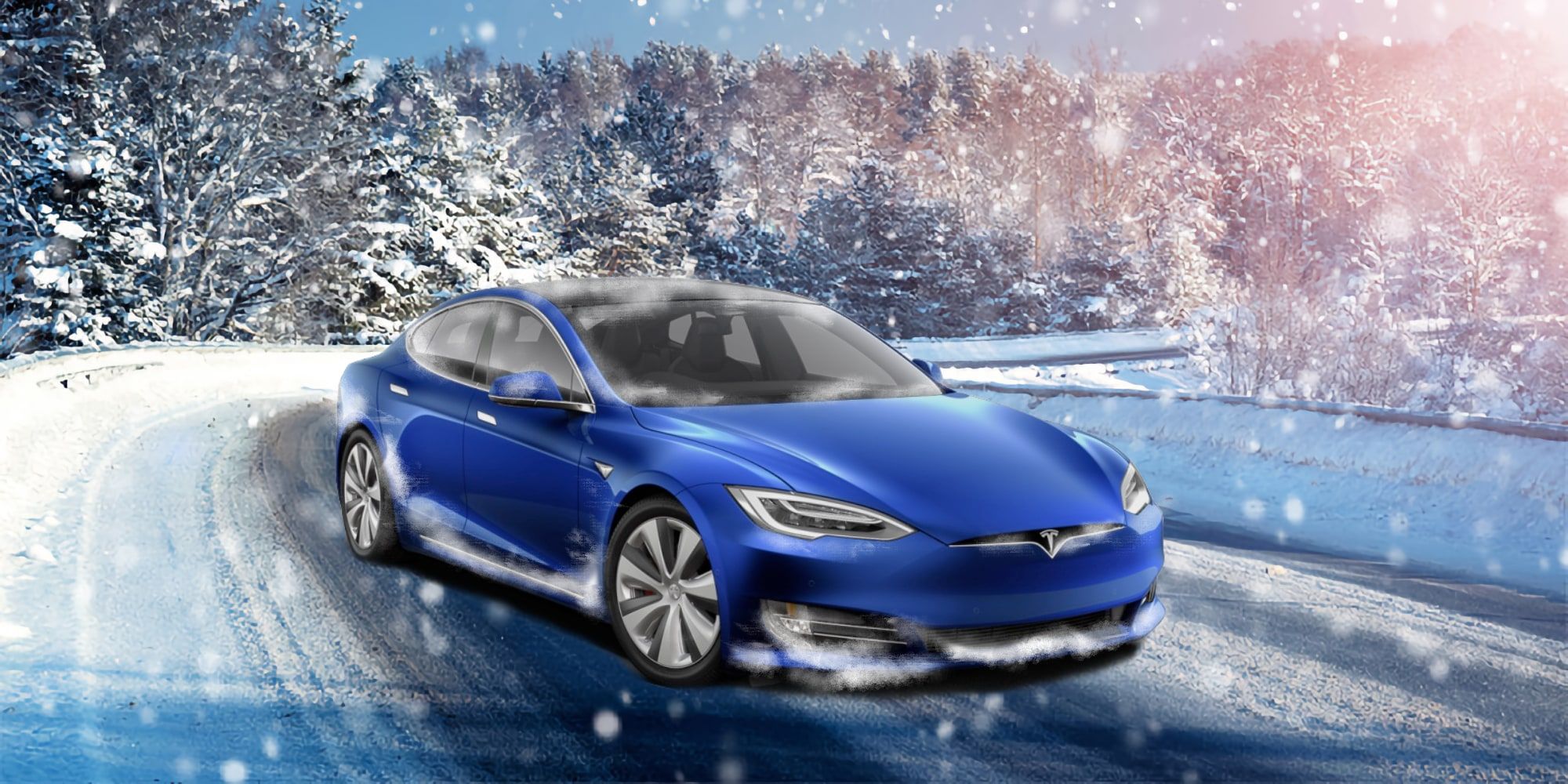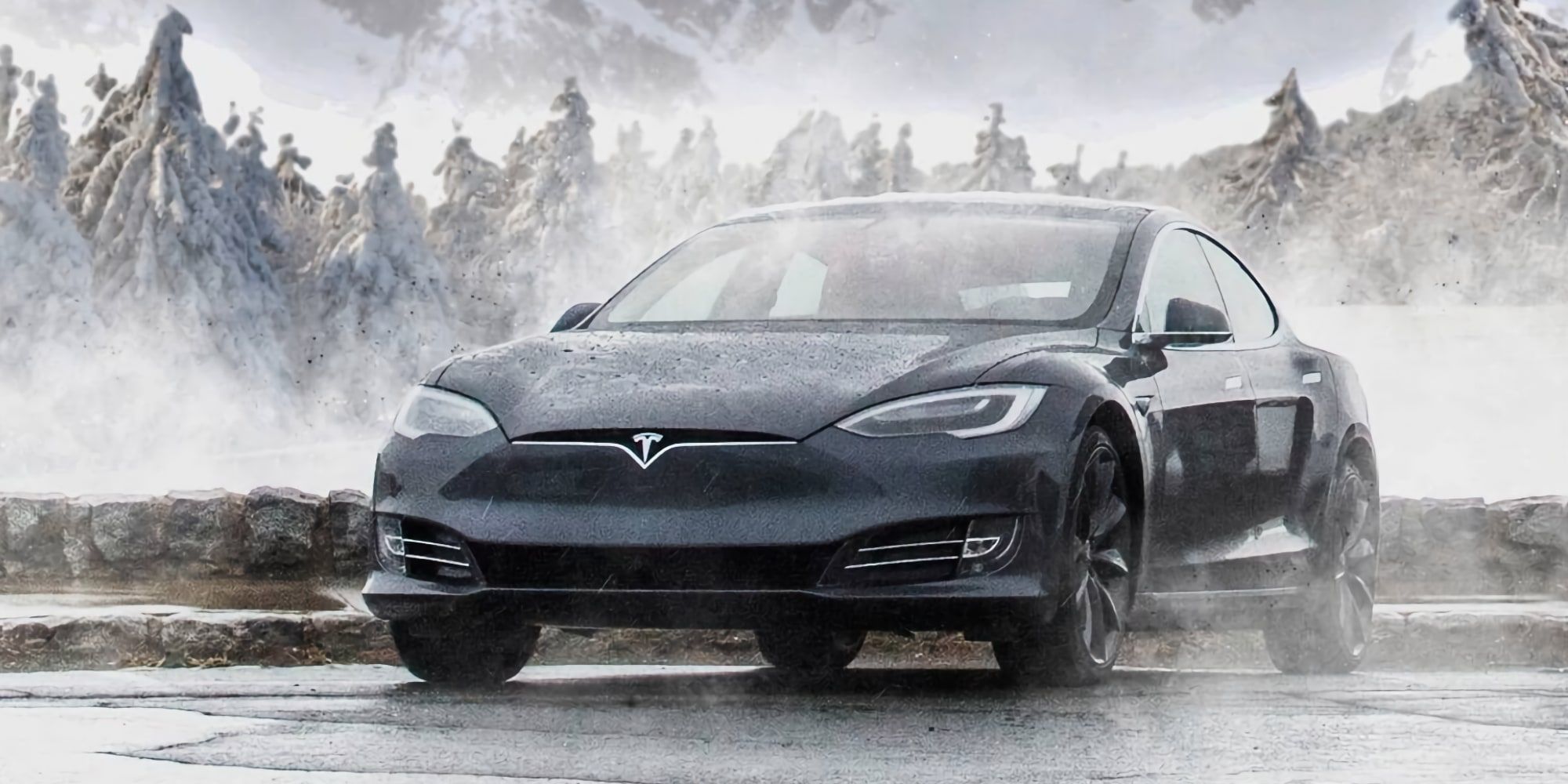Tesla owners have been complaining recently about some very frosty drives, as their cars' heating systems freeze up in cold climates. Since an electric car doesn't burn fuel like an internal combustion motor, waste heat isn't a problem. However, that also means excess heat isn't readily available to warm the interior of the vehicle. Electric heat is typically quite simple but something seems to be going wrong for a large number of Tesla owners when encountering below freezing temperatures.
In early 2020, Tesla began shipping its Model Y with an air conditioning system known as a heat pump. This technology has been around for quite a long time and is among the most efficient methods of changing temperature in a building. While the idea is quite similar to standard air conditioners, it can be run in reverse providing heating as well as cooling. This requires a fraction of the electrical power of a traditional resistance heater which forces a large amount of power through coils to generate heat. There has been some information circulating that heat pumps don't work in extremely cold weather, but that is no longer true.
A significant number of Tesla owners are experiencing their car's heating system refusing to switch on, preventing the passengers from staying warm during cold weather. Meanwhile defrosting the windshield requires air movement so cold air blows, making it even more torturous to drive when temperatures are low. The problem seems to be affecting only Tesla vehicles with heat pumps, but the company is aware of the problem and working on a possible over-the-air fix, according to a Tweet from Elon Musk. In the meantime, Drive Tesla Canada reports that at least one owner received an email with a suggestion that might help.
About Tesla's Heat Pump Problem
Tesla heat pumps are different from those found in houses, drawing heat from multiple sources throughout the vehicle. Since electric motors generate very little heat compared to internal combustion motors, an electric car can benefit greatly from using more efficient heat. Tesla's heat pump draws thermal energy from the battery, motor, inverter, and the air. Even in what a human considers very cold temperatures, there is still plenty of heat, but it does become more difficult to move this energy around. A good heat pump can work in below-freezing temperatures since absolute zero is actually −459.67 degrees Fahrenheit.
The problem might simply be a stuck valve and there have been some reports of the air intake at the front of a Tesla freezing in an open position. Checking this front flap and clearing any snow, ice, or debris that could allow ice to form might help. The software fix is expected to resolve this issue, but Tesla's email to an owner also recommends preconditioning the vehicle for 30 minutes to an hour before getting on the road. Recirculating air mode and auto mode should be used for the preconditioning. The timing of this problem is unfortunate, coming soon after complaints about a recent software update removing Tesla heater controls from easy access.
Source: Elon Musk/Twitter, Drive Tesla Canada


